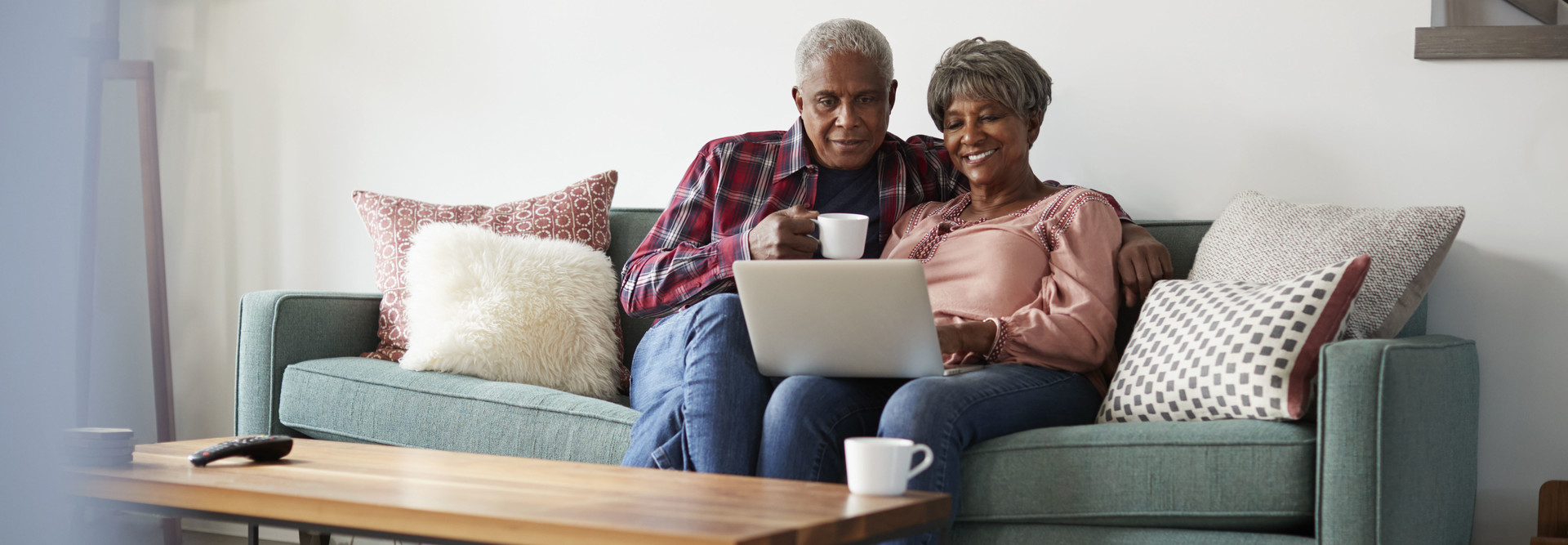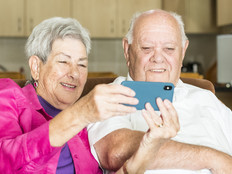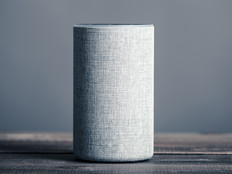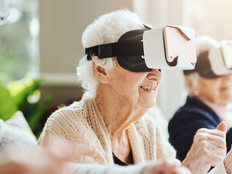Why Tech Designers Must Keep Seniors’ Needs in Mind
Older adults are embracing technology in record numbers, a movement that can reduce loneliness, boost mental and physical fitness, and even help users take better control of their care.
In fact, a recent Pew Research Center analysis of data from the Bureau of Labor Statistics found that Americans ages 60 and older spend more than half of their daily leisure time on their TVs, computers, tablets or other electronic devices. It’s why senior care residences are boosting their network infrastructure and product offerings to meet demand.
But a big problem remains: Devices and website design aren’t always created with this population in mind, which can slow — or even inhibit — a user’s motivation to connect.
The issue underscores a recent University of California, San Diego study that analyzed two technology-centered focus groups held at a local retirement community. Published in the journal Healthcare, the study featured revealing insights from participants:
“I have a smartphone. My kids think I can use this, but I don’t really know how to use this, and they bought it for me thinking it would be a great tool, but I don’t really know what to do with it.”
That supports the UCSD researchers’ main takeaway: For effective adoption among older adults, technology must be relevant, accessible and functional.
INSIDER EXCLUSIVE: Watch a CDW Bring IT On session about connecting seniors and technology.
Tech for Seniors: Problems and Opportunity
Several tech companies and vendors are exploring ways to bridge the divide.
Last year, Apple launched its fall detection feature — which can detect a hard fall and help to connect emergency services if needed — with its Apple Watch Series 4. And while the company has not announced formally a focus on the senior healthcare market, fall detection looks to be part of a larger strategic effort as the company incorporates a new medication adherence app on its Apple Watch and begins integrating iPhones with hearing aid support.
It explains why the active-aging industry in the U.S. — producers of specially designed tablets, speech-amplifying earbuds, wearables and smart home devices intended to help users safely age in place at home — is anticipated to triple to nearly $30 billion by 2022.
That’s in line with the UCSD research, which cited a number of barriers to technological adoption among seniors.
Among them: clunky software and nonintuitive user interfaces. Product instructions, often unavailable in print, may contain complex vocabulary or small text that’s difficult to read. Even a long charging cord could pose an unexpected tripping hazard.
Noteworthy, then, is the growth of smart speakers in the senior care space. Beyond fetching news headlines or playing music, the voice-activated tools can provide medication reminders and residence-specific details such as dinner menus and activity calendars — a boon for those unable (or unwilling) to use handheld tech.
Another exciting trend is virtual reality, an entertainment tool that has transformative power. With assistance, users may enjoy immersive and personalized experiences that evoke a treasured vacation from decades ago or revisit a childhood home.
On a more basic level, tablets with larger icons and easy commands to enable functions such as video chat are design elements many of us might take for granted.
MORE FROM HEALTHTECH: Learn how IoT devices keep seniors safe and healthy.
Make Seniors Part of the Tech Conversation
Beyond setup and connection, help must be continually available for older users.
Services for senior living customers guide Sun Health Communities in Phoenix, which hosts computer classes for residents and is constructing an innovation center to gain feedback on new technologies under consideration.
Likewise, the Ohio Masonic Home holds focus groups before purchasing tech. Many other residences launch pilot programs to gauge reaction to a tool under consideration; others provide in-house support.
I encourage tech designers to join the conversation whenever possible. Consider one participant in the UCSD study who spoke about residents often locking themselves out — that person suggested doors with fingerprint or eye sensors would make life easier.
By keeping senior needs at the forefront, there’s no telling how far technology can shape quality of life and care delivery.
This article is part of HealthTech’s MonITor blog series. Please join the discussion on Twitter by using #WellnessIT.










